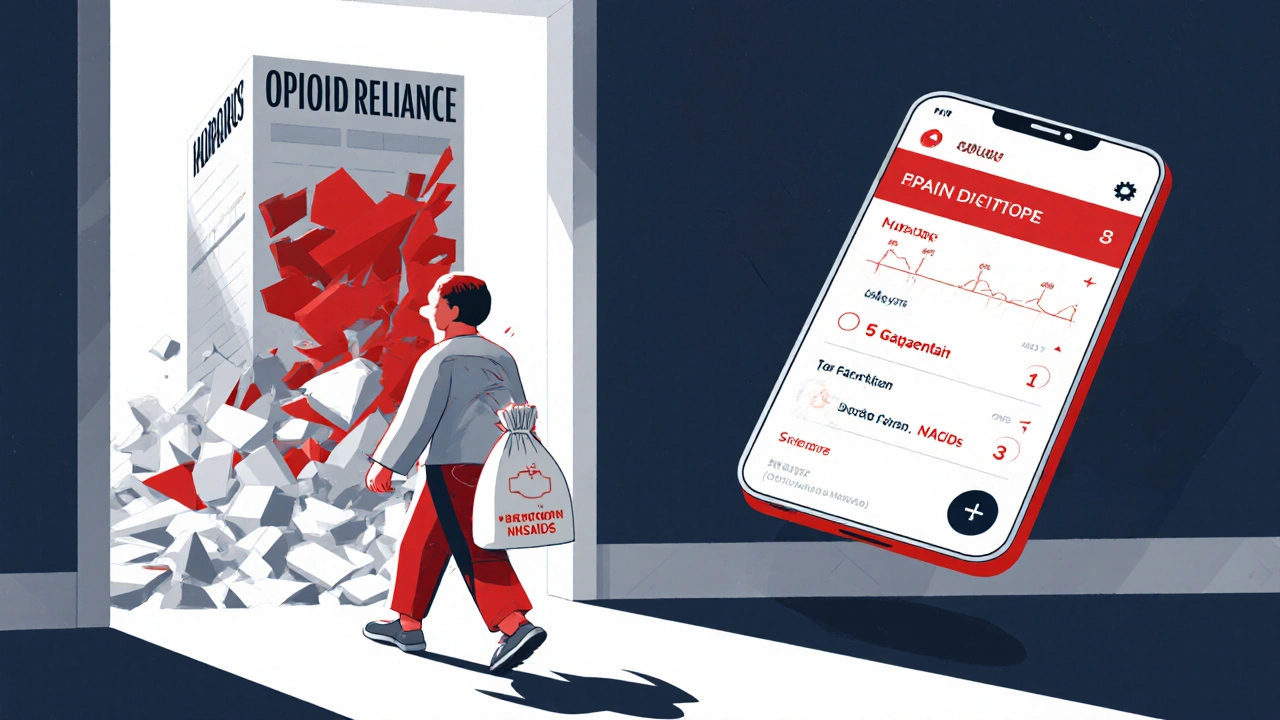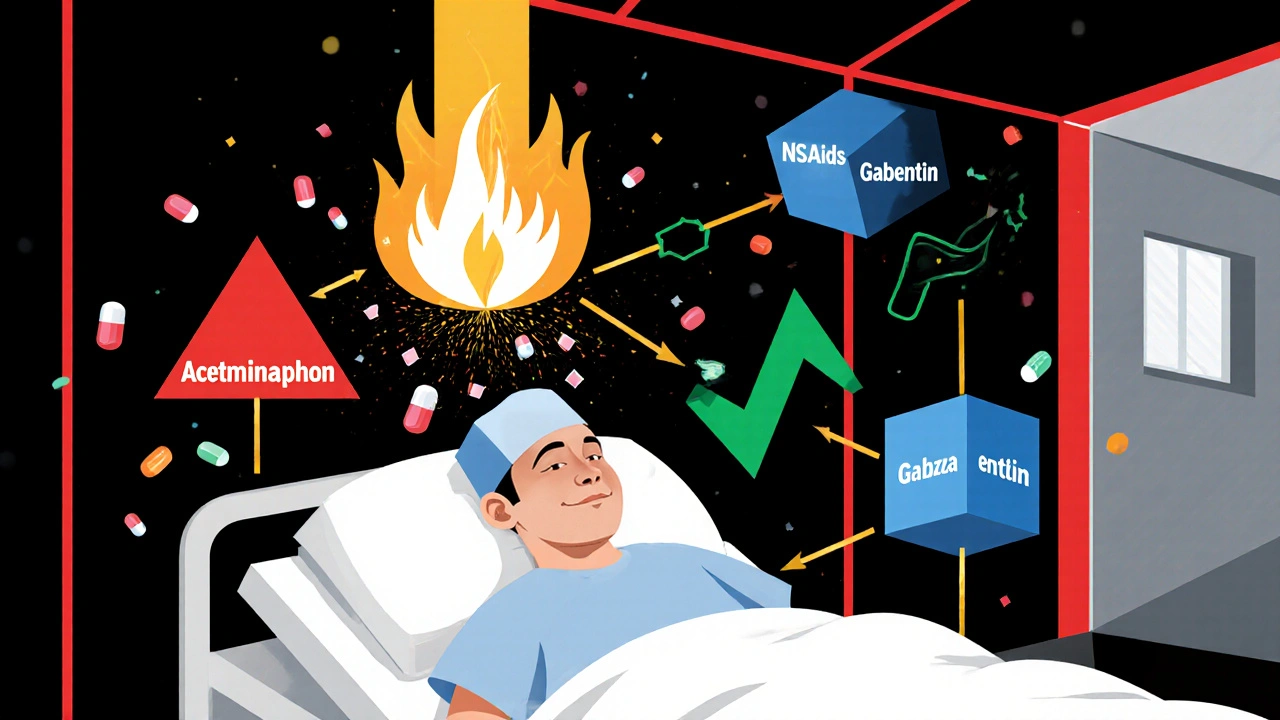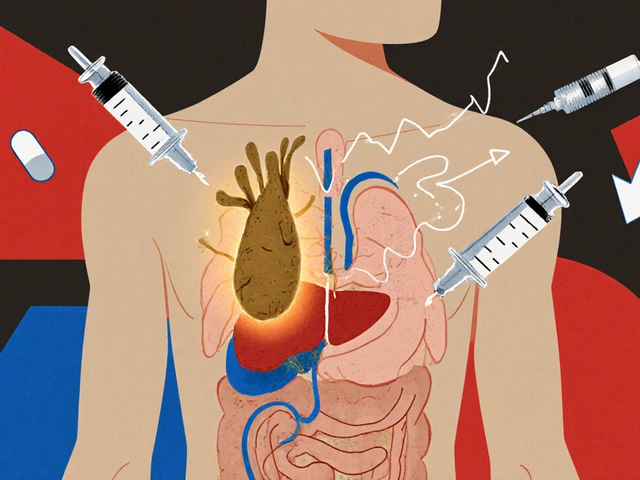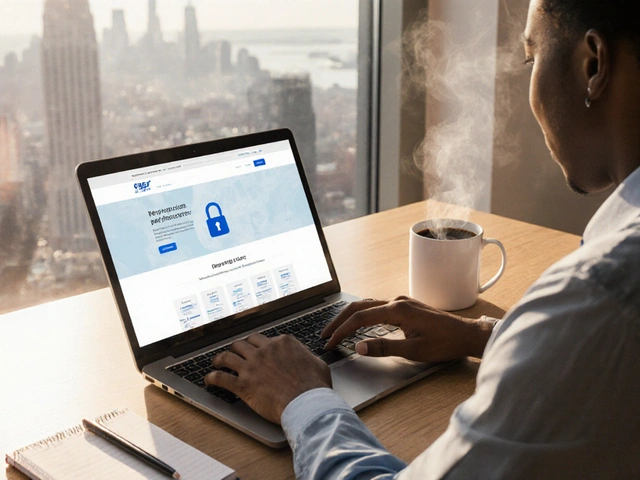Why traditional opioid pain relief after surgery isn’t enough anymore
After surgery, pain is normal. But the old way of treating it-reaching for opioids as the first and main solution-is changing fast. Hospitals across the UK and US are shifting away from high-dose opioids because they come with serious risks: nausea, dizziness, constipation, dependency, and even long-term addiction. In fact, patients who get large amounts of opioids after surgery are more likely to still be taking them months later. That’s not recovery-that’s a new problem.
The answer isn’t avoiding pain control. It’s controlling it better. That’s where multimodal analgesia (MMA) comes in. MMA doesn’t rely on one drug. It uses a smart mix of medications, nerve blocks, and non-drug techniques that work together to block pain signals at multiple points. The result? Less pain, fewer side effects, and far less need for opioids.
What is multimodal analgesia-and how does it actually work?
Multimodal analgesia means using more than one type of pain reliever at the same time, each targeting a different part of the pain pathway. Think of it like turning off several light switches instead of just one. If one switch doesn’t fully dim the room, adding more does.
For example, acetaminophen reduces pain signals in the brain, NSAIDs like naproxen or celecoxib calm inflammation at the surgery site, and gabapentin helps quiet overactive nerves. When you combine them, you get stronger pain relief with lower doses of each drug. This is key. Lower doses mean fewer side effects.
Studies show MMA cuts total opioid use by 32% to 57% in procedures like joint replacements and spine surgery. Patients report the same or better pain scores, but they’re less likely to feel sick, dizzy, or constipated. One study at Rush University Medical Center saw morphine use drop from 45.2 mg per day to just 18.7 mg per day-over 60% less-while keeping pain levels under 4 out of 10.
The core medications in a modern MMA plan
Not every patient gets the same mix, but most MMA protocols include these four pillars:
- Acetaminophen (paracetamol): Safe, effective, and easy to give IV or by mouth. Dosed every 6 hours, it’s the backbone of most plans. For patients who can’t take pills after surgery, IV acetaminophen works just as well.
- NSAIDs (naproxen, celecoxib): These reduce swelling and inflammation, which is a major source of post-op pain. Celecoxib is preferred for stomach safety, while naproxen is cheaper but avoided if kidney function is low (eGFR under 30).
- Gabapentin or pregabalin: These calm overactive nerves, especially helpful after nerve-rich surgeries like spine or amputations. Dosing must be adjusted for older adults or those with kidney issues. For eGFR under 30, gabapentin drops from 300mg three times daily to 200mg once daily.
- Ketamine, lidocaine, or dexmedetomidine: These are used in more complex cases or for patients with chronic pain or opioid tolerance. Ketamine blocks pain receptors in the spinal cord, lidocaine quiets nerve signals, and dexmedetomidine reduces anxiety and pain sensitivity. All are given as IV infusions, usually for 24 to 48 hours.
These aren’t optional extras. They’re standard. The American Society of Anesthesiologists and 13 other medical groups officially endorsed MMA as the new baseline for care in 2021. If your hospital isn’t using this approach, you’re getting outdated treatment.

How regional anesthesia boosts opioid sparing
Medications alone aren’t enough. The biggest game-changer in MMA is regional anesthesia-numbing specific nerves before or during surgery. This includes:
- Ultrasound-guided nerve blocks (like femoral or sciatic blocks for knee replacements)
- Epidurals for spine or abdominal surgeries
- Continuous catheters that deliver local anesthetic for days after surgery
These techniques stop pain signals before they even reach the brain. Patients who get a nerve block before a hip replacement often need zero opioids in the first 24 hours. Even when they do need something, the dose is tiny.
But here’s the catch: not every hospital has the staff or equipment to do this. You need trained anesthesiologists, ultrasound machines, and protocols to manage catheters. If your surgeon says, “We don’t do blocks here,” ask why. It’s not about cost-it’s about capability. The Compass SHARP Guidelines say facilities must have the tools to perform these procedures if they claim to follow modern pain standards.
Who benefits most-and who needs special attention
MMA works best for predictable surgeries: joint replacements, spine fusions, hernia repairs, and bowel resections. But it’s not one-size-fits-all.
High-risk patients need extra planning:
- Opioid-dependent patients: Stopping opioids suddenly can cause withdrawal. MMA lets them stay on their usual dose while adding non-opioid options to reduce total need.
- Chronic pain patients: Their nerves are already sensitized. Gabapentin and ketamine are especially helpful here.
- Older adults: Kidney and liver function decline with age. Dosing must be adjusted. A 75-year-old may need half the gabapentin of a 45-year-old.
- Patients requesting opioid-free surgery: This is now a real option. With regional blocks, acetaminophen, NSAIDs, and lidocaine infusions, many can avoid opioids entirely.
Doctors must assess each patient’s medical history, mental health, and prior pain experiences before building a plan. A patient with depression or anxiety may need more psychological support alongside meds.

What happens after you leave the hospital?
Too many patients are sent home with a 30-day opioid prescription and no plan. That’s dangerous. MMA doesn’t stop at discharge.
Best practices now include:
- Prescribing gabapentin for 5 to 10 days after leaving the hospital to prevent nerves from staying overactive
- Providing clear instructions on when to take acetaminophen or NSAIDs at home
- Warning patients about the risks of leftover opioids and how to safely dispose of them
- Using apps or phone check-ins to track pain levels and adjust treatment
At McGovern Medical School, this approach cut average hospital stays from 7.2 days to 5.4 days and doubled same-day discharge rates. Patients weren’t just in less pain-they got home faster and stayed out of the ER.
Why MMA isn’t used everywhere yet
Even though MMA is the standard, many hospitals still lag. Why?
- Coordination is hard: Nurses, pharmacists, anesthesiologists, and surgeons all need to be on the same page. If one team forgets to give gabapentin before surgery, the whole plan falters.
- Training gaps: Not all staff know how to use nerve blocks or manage ketamine infusions.
- Old habits: Some doctors still default to opioids because they’re familiar, even if they’re less effective.
- Documentation burden: You need to track pain scores every 2 hours for the first day. That’s extra work.
But the tide is turning. By 2025, experts predict 85% of major surgeries will use formal MMA protocols. That’s up from 60% in 2022. If your hospital isn’t there yet, ask them when they plan to adopt it.
What you can do as a patient
Don’t wait for your doctor to bring up MMA. Ask these questions before your surgery:
- Will I get pain meds before the surgery starts?
- Will you use a nerve block or epidural?
- What non-opioid medications will I get after surgery?
- Will I get gabapentin or NSAIDs at discharge?
- How will my pain be tracked every few hours?
- What happens if I don’t want opioids?
If your answers sound like “We’ll give you morphine if you ask,” that’s not modern care. Push for a plan that includes at least acetaminophen, an NSAID, and a nerve block if possible. You have the right to safer, more effective pain control.






This is the kind of post that makes me proud to be in healthcare. MMA isn't just better-it's the only way forward. I've seen patients walk out the same day after knee surgery because we nailed the nerve block + acetaminophen + gabapentin combo. No opioids needed. Game changer.
November 25Sam Jepsen